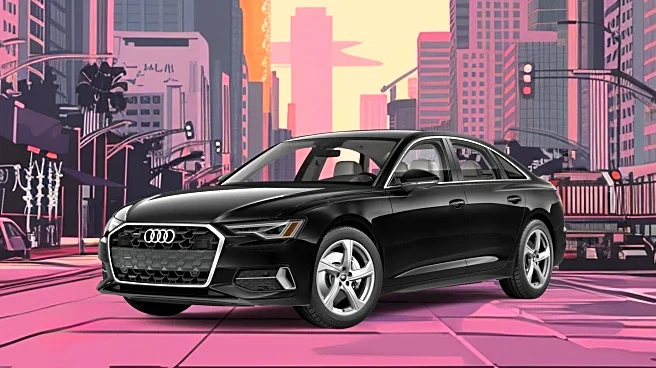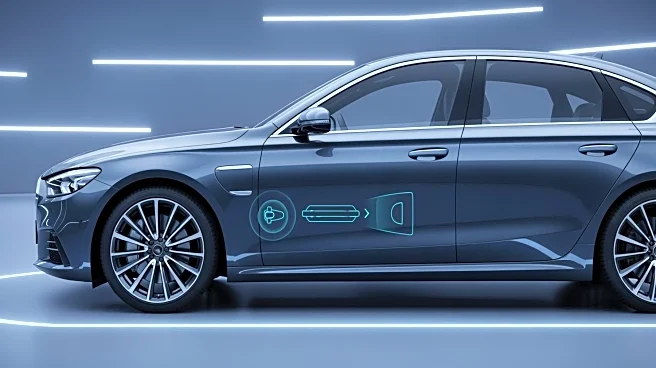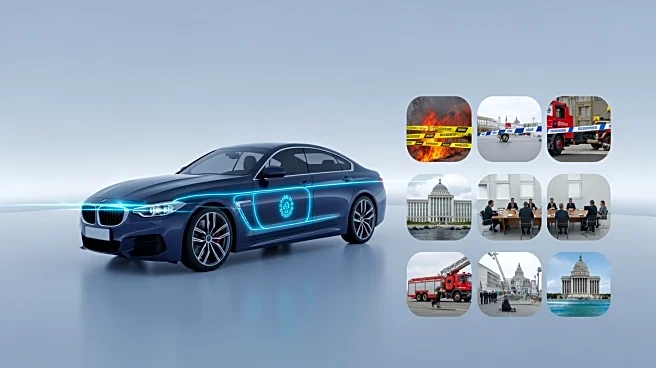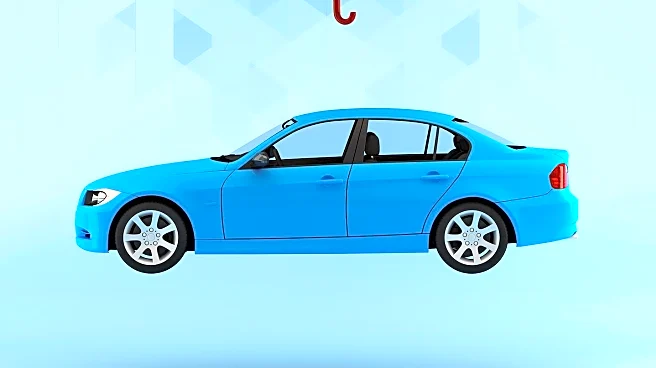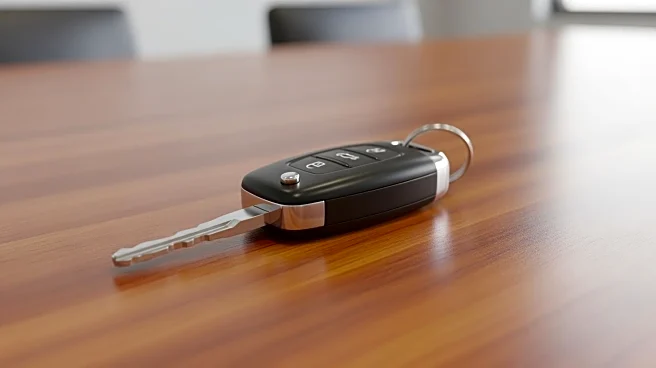What's Happening?
Consumer Reports has provided tips to help families select suitable vehicles for teen drivers, emphasizing safety and affordability. Teen drivers are statistically more prone to accidents, making the choice
of vehicle crucial. Consumer Reports and the Insurance Institute for Highway Safety have identified over 50 used cars under $20,000 that offer high crash protection and performance features to minimize accident risks. Popular models include the Honda Civic, Toyota Corolla, and Hyundai Tucson. Additionally, the report advises against placing teens on separate insurance plans due to higher costs and suggests shopping around for better rates. It also highlights the importance of maintaining adequate liability insurance despite potential savings from reduced coverage.
Why It's Important?
The guidance from Consumer Reports is vital for families navigating the complexities of insuring and selecting vehicles for teen drivers. With car crashes being a leading cause of death among young drivers, choosing a safe and reliable vehicle can significantly impact their safety on the road. The advice on insurance plans and coverage helps families manage costs while ensuring adequate protection. This information is crucial for parents seeking to balance financial considerations with the safety of their children, potentially influencing purchasing decisions and insurance strategies.
What's Next?
Families may consider exploring the recommended vehicle options and insurance strategies to optimize safety and cost-effectiveness for their teen drivers. As awareness of the importance of vehicle choice and insurance coverage grows, there may be increased demand for cars with advanced safety features and competitive insurance rates. This could lead to further developments in the automotive and insurance industries, with companies potentially offering more tailored solutions for young drivers.
Beyond the Headlines
The focus on teen driver safety highlights broader societal concerns about road safety and the need for effective measures to protect young drivers. The recommendations may prompt discussions on the role of technology in enhancing vehicle safety and the potential for policy changes to support safer driving practices. Additionally, the emphasis on insurance strategies underscores the financial challenges families face, potentially influencing broader economic considerations related to vehicle ownership and insurance.
